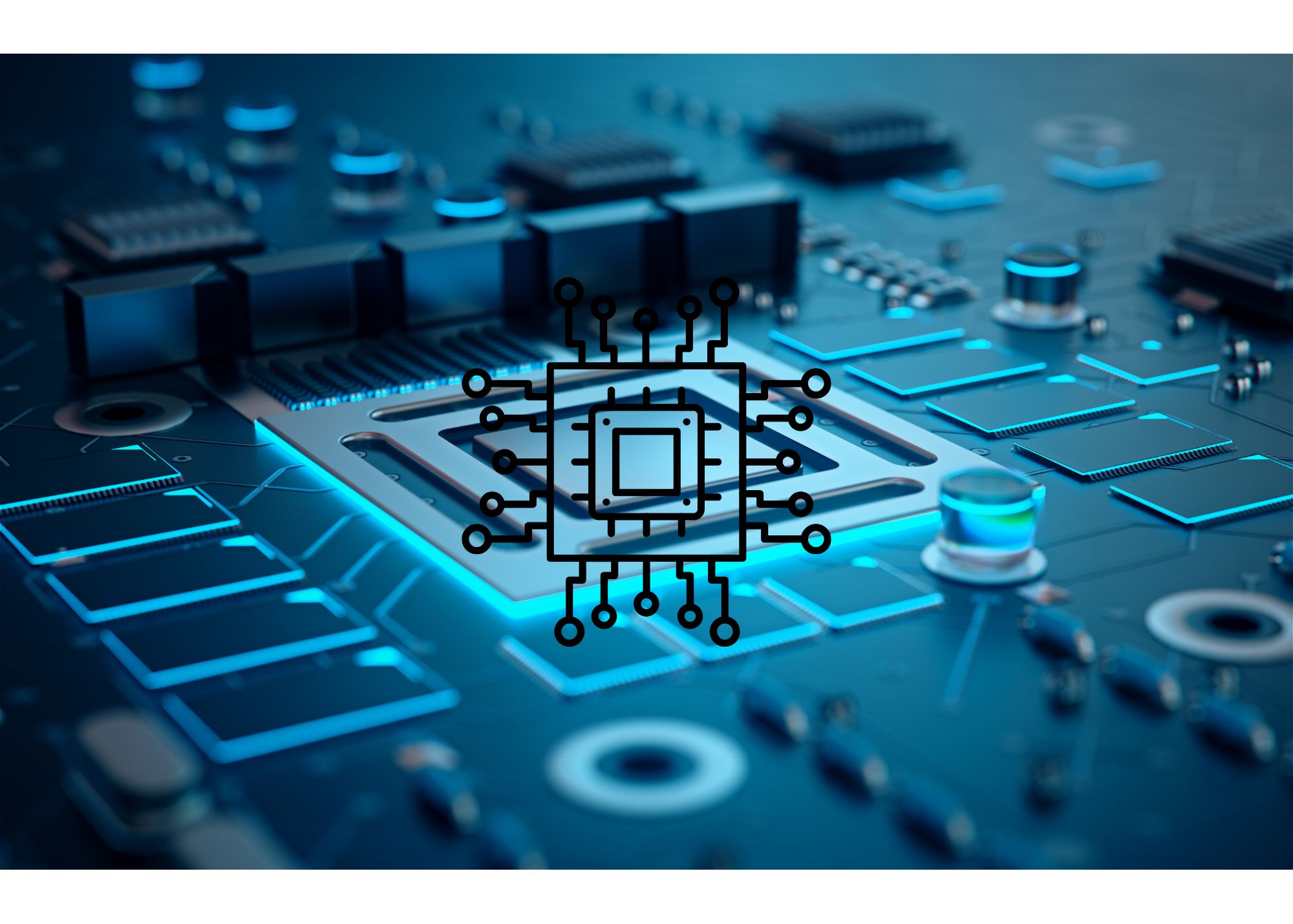Midas Touch Billionaire Makes Wild 12-Month Claim
Vinod Khosla is perhaps not a household name but he’s often won the Midas award as a top venture capitalist with a finely tuned instinct for spotting what comes next.
His predictions for the coming 12 months are the stuff of nightmares for some companies and will be a boon for others. The profound implications for his forecast that the cost of compute will fall by as much as 90% will reverberate around the technology industry, and have a knock-on effect on top semiconductor names as well as cloud providers.
So, which companies are set to win and lose over the coming year?
Key Points
- Vinod Khosla predicts a 90% decrease in compute costs over the next year, impacting the tech and semiconductor industries.
- AI firms (e.g., OpenAI, NVIDIA), cloud providers (e.g., AWS, Microsoft Azure), and tech startups will benefit from lower costs, enabling faster innovation and more competitive pricing.
- Traditional IT hardware providers (e.g., Intel, AMD), electricity providers, and high-end enterprise solutions providers will face challenges due to decreased demand for high-cost computing and energy consumption.
Who Will Win?
Vinod said that his advice to AI portfolio companies is not to spend time optimizing code because the cost of compute will fall so dramatically over the next year that all those efforts will be in vein.
So, who is set to win from the dramatic shift in pricing?
Companies like OpenAI, NVIDIA, and Google DeepMind are likely to see substantial benefits. Lower compute costs will make training advanced models more affordable, enabling faster innovation and deployment of AI solutions.
Major players like Amazon Web Services (AWS), Microsoft Azure, and Google Cloud are likely to see a boost. Reduced costs for compute resources mean they can offer more competitive pricing and even increase their profit margins. The lower compute costs are likely to attract more startups and businesses to leverage cloud computing for their operations and innovations.
Startups in the tech sector, especially those focusing on AI, data analytics, and biotech, will benefit immensely. The lower barrier to entry for high-performance computing is likely to accelerate development cycles and lower operational costs.
Who Will Lose?
Intel and AMD, which generate significant revenue from selling high-cost processors and hardware, are likely to face headwinds. As compute costs drop, there is likely to be a shift in demand towards more cost-effective solutions, potentially impacting their sales and margins.
With more efficient and cost-effective computing technologies, the power consumption of data centers is likely to decrease, impacting the revenue of energy providers that cater to these facilities.
Premium-priced enterprise IT solutions are also likely to struggle as their clients shift towards cheaper, yet increasingly powerful, alternatives. This includes firms providing specialized on-premise solutions that may become less attractive compared to more affordable cloud-based services.
The Bottom Line
If Vinod Khosla is right, a tectonic shift is coming whereby innovation will be fostered and growth will explode in the tech sector but some companies reliant on traditional revenue models from high-cost computing hardware and energy consumption are more likely to suffer.
Be especially wary of firms like AMD and Intel over the coming year. Indeed, it’s possible that LEAPS puts on those firms may end up being the best play as shorting in a bull market seems like a fool’s errand. If the tide does turn, those puts may be the best opportunity to benefit from the lower cost of compute that stems from an increasingly competitive environment.



